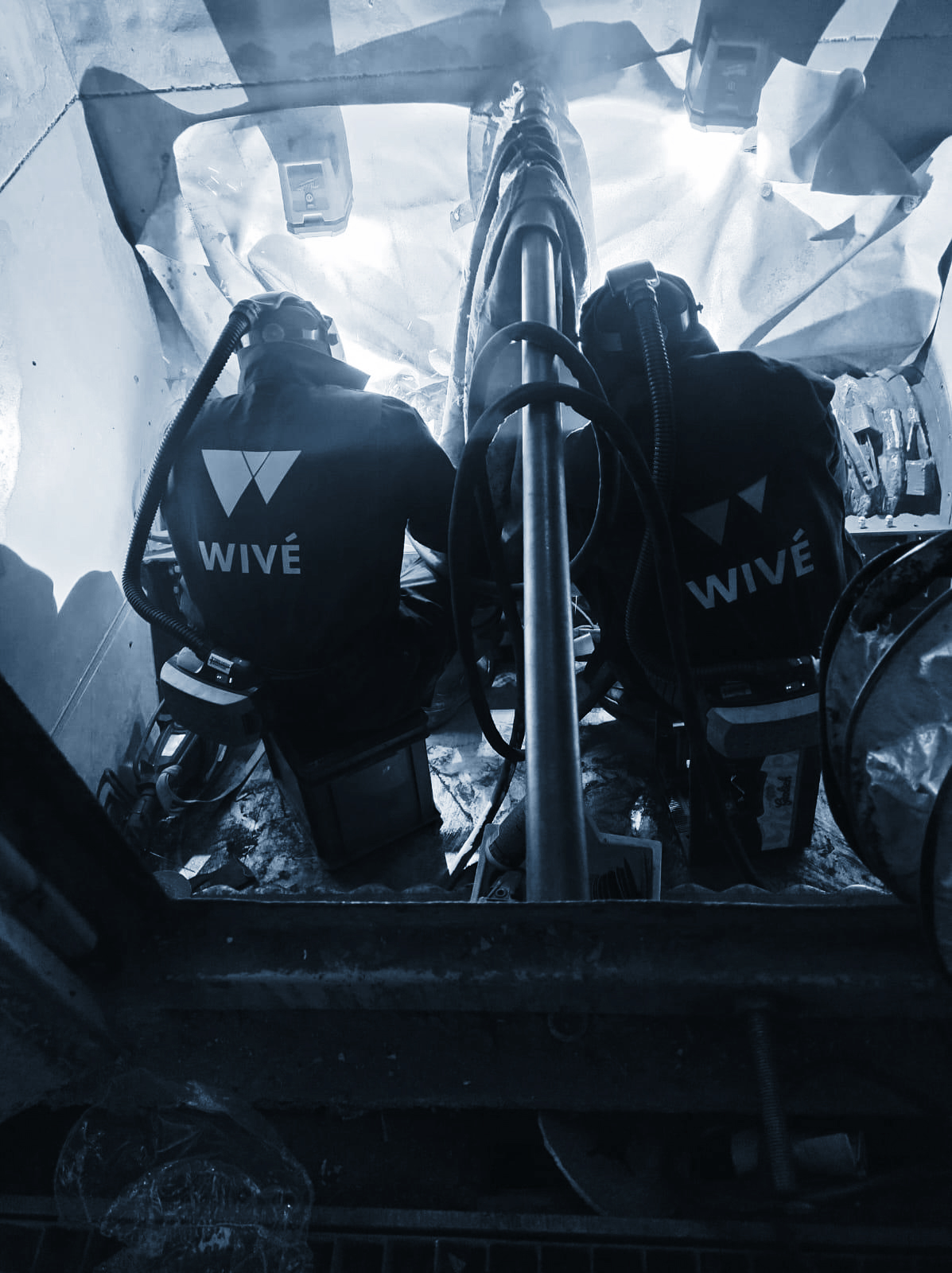Wear reduction in the recycling industry
Wear and tear in processes in recycling
Wivé Techniek offers various customized solutions to reduce wear and tear in the recycling industry and extend machine life. Recycling uses high-end technology that touches on artificial intelligence, such as sorting machines with cameras that recognize different types of materials to “blow” them out of the waste stream with precision. At the same time, many of the processes also involve considerable mechanical stress. Think of breaking and shredding glass, wood and garbage, and forcefully blowing all kinds of materials through pipes. A lot of wear and tear occurs in these processes.
Wear-resistant bends and pipes
In pneumatic displacement, pipes wear out especially in the bends. We can slow down this process and extend service life by creating wear-resistant bends or lining entire pipes. For wear-resistant bends, we use materials such as Abresist wear-resistant fused basalt and various types of technical ceramics with zirconium or aluminum oxide (Kalcor, Kalocer). We can also manufacture complete pipes from hard-welded plates or ultra-hard steels, such as Hardox.
Wear on crushing, shredding and screening
Breaking and shredding in glass, wood and household waste recycling involves abrasive forces (friction) in addition to impact wear. To this end, we have worked with our customers to devise specific solutions that include hard-welded armor plate, wear-resistant hardguss castings and tungsten carbide overlays (WearProtect WMW, WearProtect WMC, WearProtect TCO, WearProtect LTM). For screening residual material and hot ashes, we create wear-resistant screening decks from wear-resistant welded-on vautid plates or wear-resistant steel plate HB400, HB450 or HB500 (WearProtect WMW, WearProtect WPS).
Innovation in stand time extension
The choice of appropriate materials and applications depends on the process and degree of wear. In the young recycling industry, wear reduction not infrequently involves innovations, devised on site by our specialists in cooperation with the customer’s engineers. Sometimes we can reasonably predict in advance what the result will be. Sometimes, too, we have to work with the client by trial and error to determine what works best. In that case, our people also provide (part of) the assembly, such as the welding up of a rotor on site. We then conduct tests together to arrive at the optimal solution.
Interested in wear mitigation for recycling processes?
Want to discuss ways to extend the service life of your recycling facilities and meet scheduled periodic maintenance stops without interruption?
Be sure to contact us!

